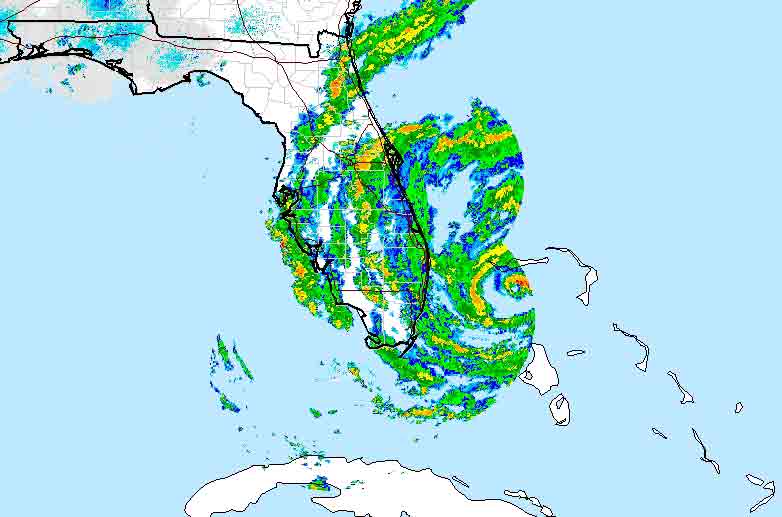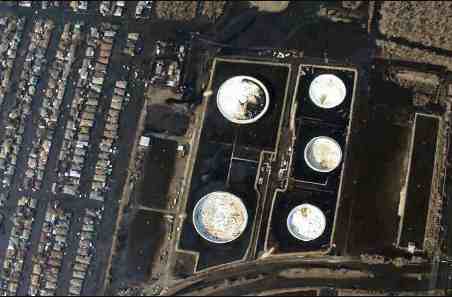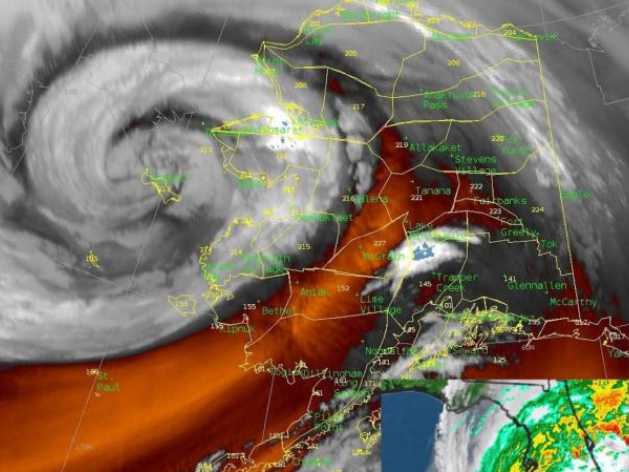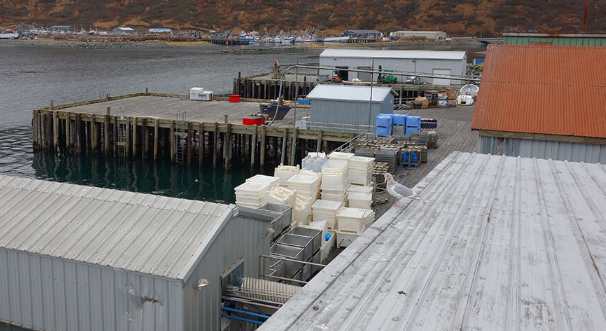The death toll in the wake of Typhoon Haiyan, the powerful storm that wiped out entire villages in the Philippines two weeks ago, continues to rise with newest numbers reaching over 5,200. That number will surely grow larger as some 1,600 people are still listed as missing.
Rescue and retrieval continues and international aid is flowing into the hardest hit areas of the island country as the nation struggles to deal with the aftermath of one of the strongest storms to make landfall.
Relief groups, including Catholic Relief Services and the United Nations warn that the crisis is long from over and that the biggest challenges still lie ahead. Millions in the country still need long-term help as they struggle to rebuild their communities and lives torn apart by the storm.
Overwhelmed with the mass of bodies piling up in areas of the country, firemen and emergency workers have dug makeshift trenches to dispose of the remains. Although efforts to identify many of the decomposing remains through recording the location where the body was found, documentation of the clothing and DNA samples has taken place, many were interred in the makeshift mass graves without the necessary identification processes taking place.
Interpol announced earlier this week that they were sending teams to the country to aid in the identification of remains. This is the second time that Interpol has responded to a natural disaster to aid in forensic identification.
The storm that raged through the region beginning on November 8th displaced approximately 3 million people and left another 23,404 injured.








